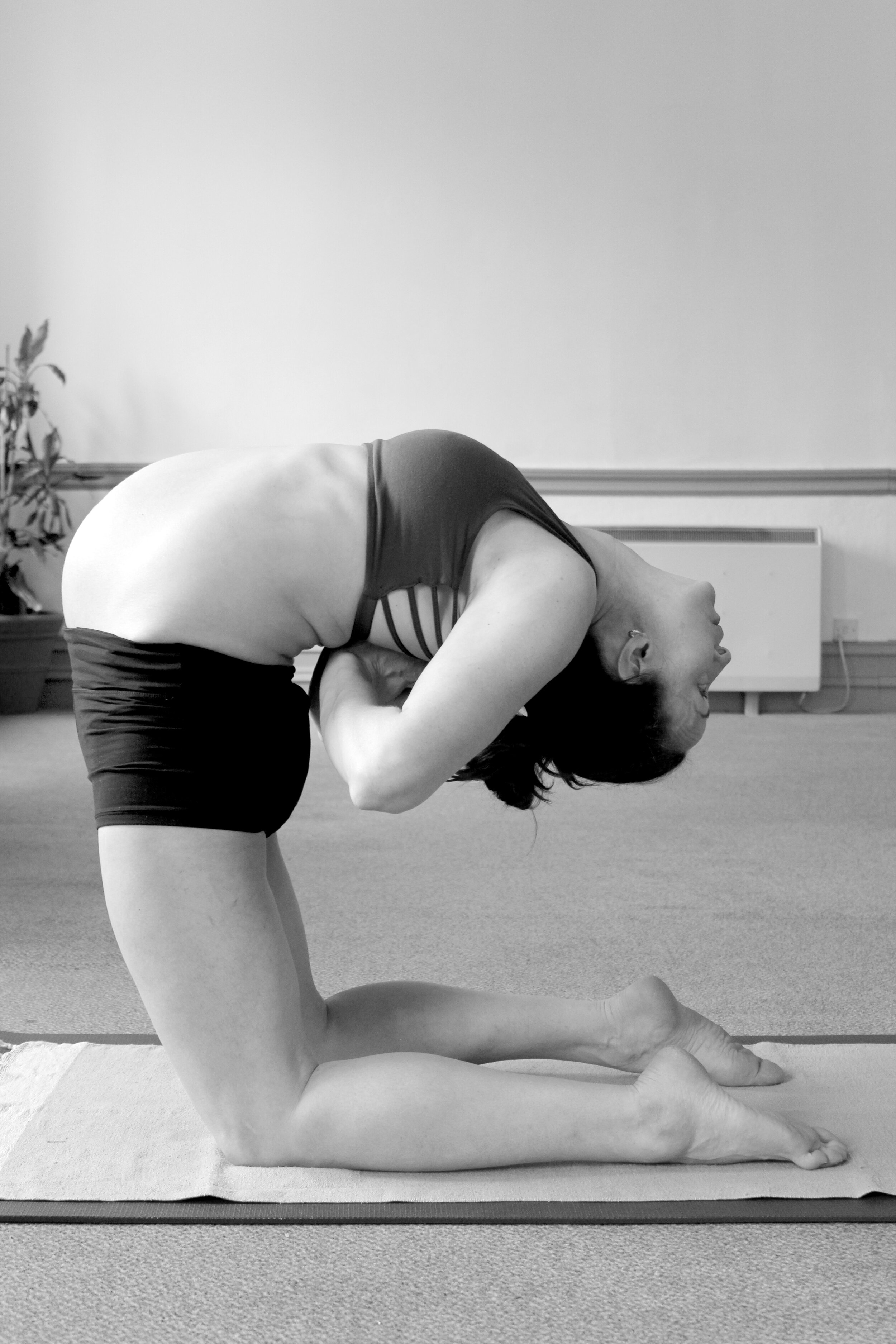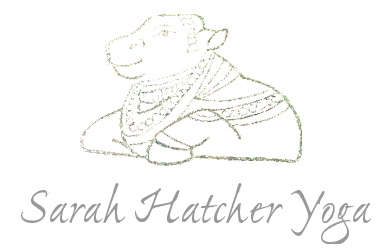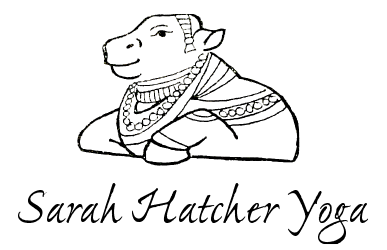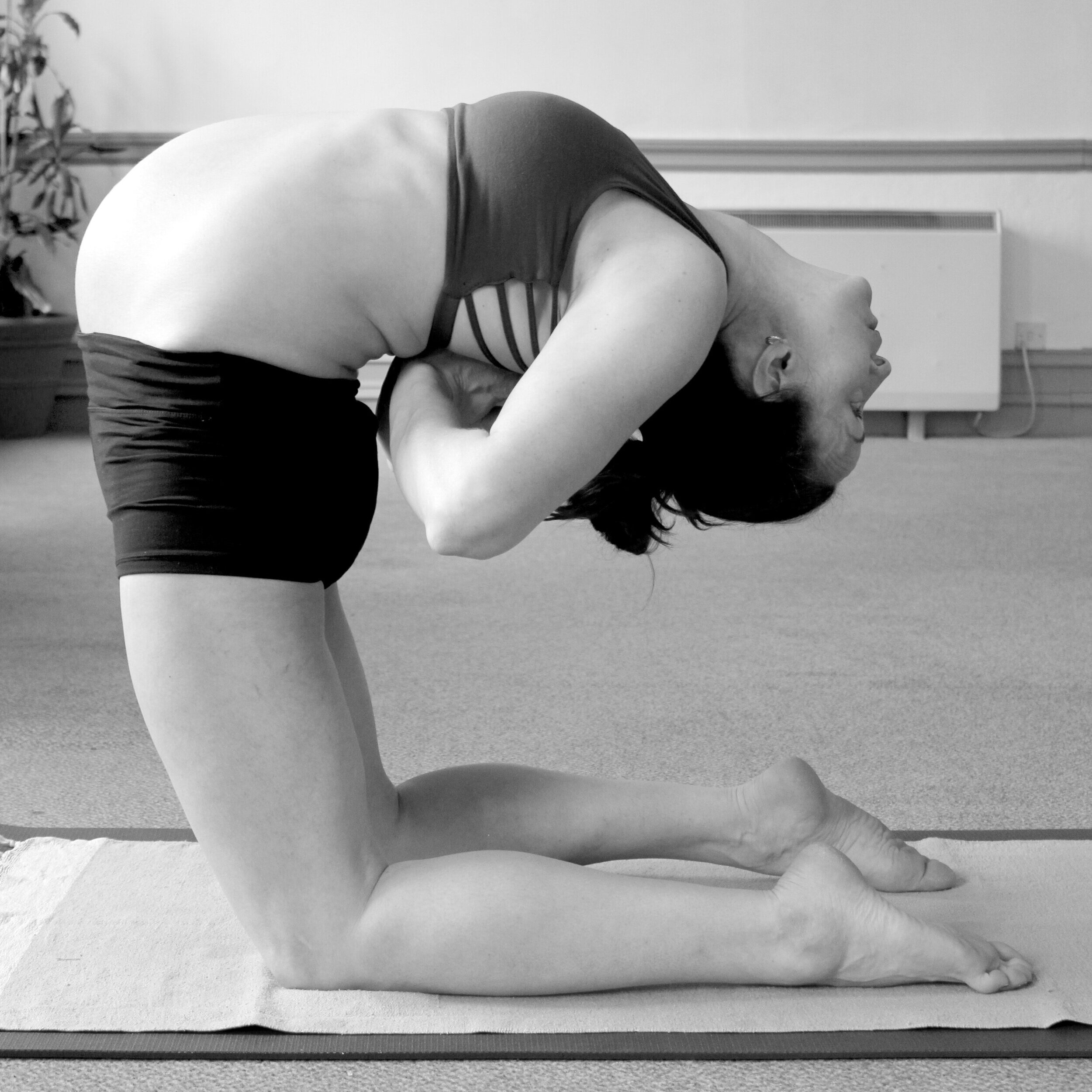
Sarah is passionate about sharing her love of the practice of ashtanga yoga. Read Sarah's blog, "Ashtanga Yogini on the Move” where you can learn more about her practice, her teachings and read poems and stories of practice on and off the mat.
Kindness: the Root of Ashtanga Yoga
My Committed Practice: an evolution of a Teacher

the Bhagavad Gītā
Join Sarah for an online 6-week Bhagavad Gīta Course 17 April - 22 May from 9:30-10:30 am on Wednesdays. Sarah goes into detail about how she has started chanting and studying the BG and why she wishes to share it with you all. This is an online course that is recorded, students are invited to join and receive the recordings later if they'd like. 75euro for the full 6-week course.
And now, introducing the Intermediate Series, Irish yogis!
Sarah writes about her experience teaching in Ireland since 2020; what is the Irish yoga scene like? Do people love ashtanga yoga? Why aren’t more people practicing Intermediate Series, one that is complementary to Primary?
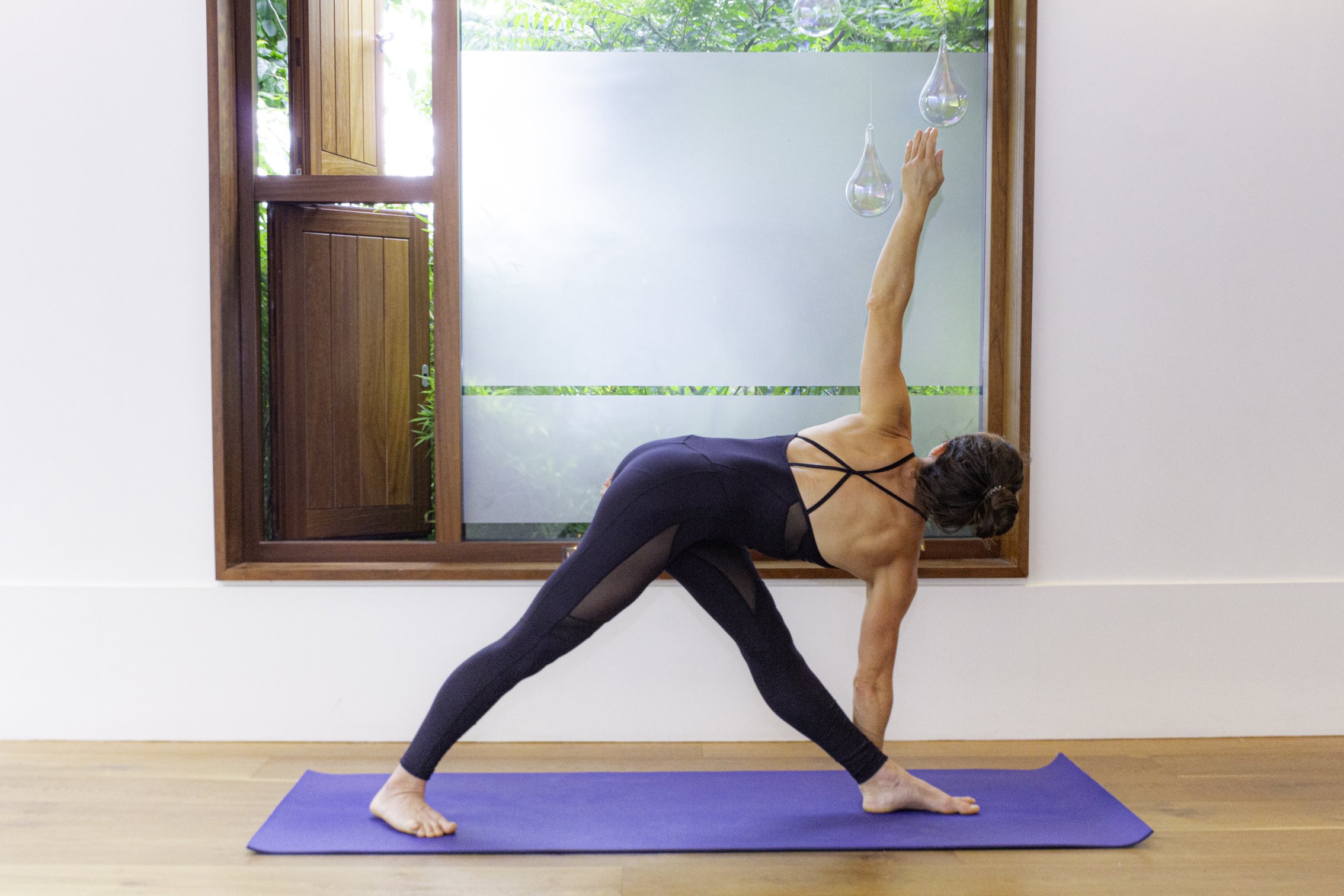
Asana IS the goal of yoga
The Ideal Yogic Practice

Going on a Treasure Hunt
“The practice begs our attention because it is so difficult; like rock climbing, it isn’t very forgiving. You must work at it. You must give it the attention it deserves, or you will be robbing yourself of the joys of samadhi. This bliss or place of all knowing - also called “samadhi” or absorption of the self - this is what we are seeking each and every time we step on that mat.
How you get there yogi, that is your own travel itinerary! Remember that your travels plans may or may not be the same pathway as someone else; in fact your path of yoga is always different from someone else’s! Each and every one of your practices is a personalised treasure hunt where you go searching for the gold. We all have our maps! Yet is it really the gold that us yogis want?”

Garbha Pindasana - Rock and Roll, baby! (Copy)
Sarah writes about her love-relationship of Garbha Pindāsana and adds why YOU should work sincerely in this posture for spinal health, in-utero wisdom and knowledge and clarity in the breath and bandhas. This post was written in 2012.
Hosting David Garrigues in Dublin: May 12-15 2022
Practicing with Discernment

Why I Need a Yoga Community
Sarah writes about how joining a community of yogis - whether in-shala or online will support your practice of ashtanga yoga.
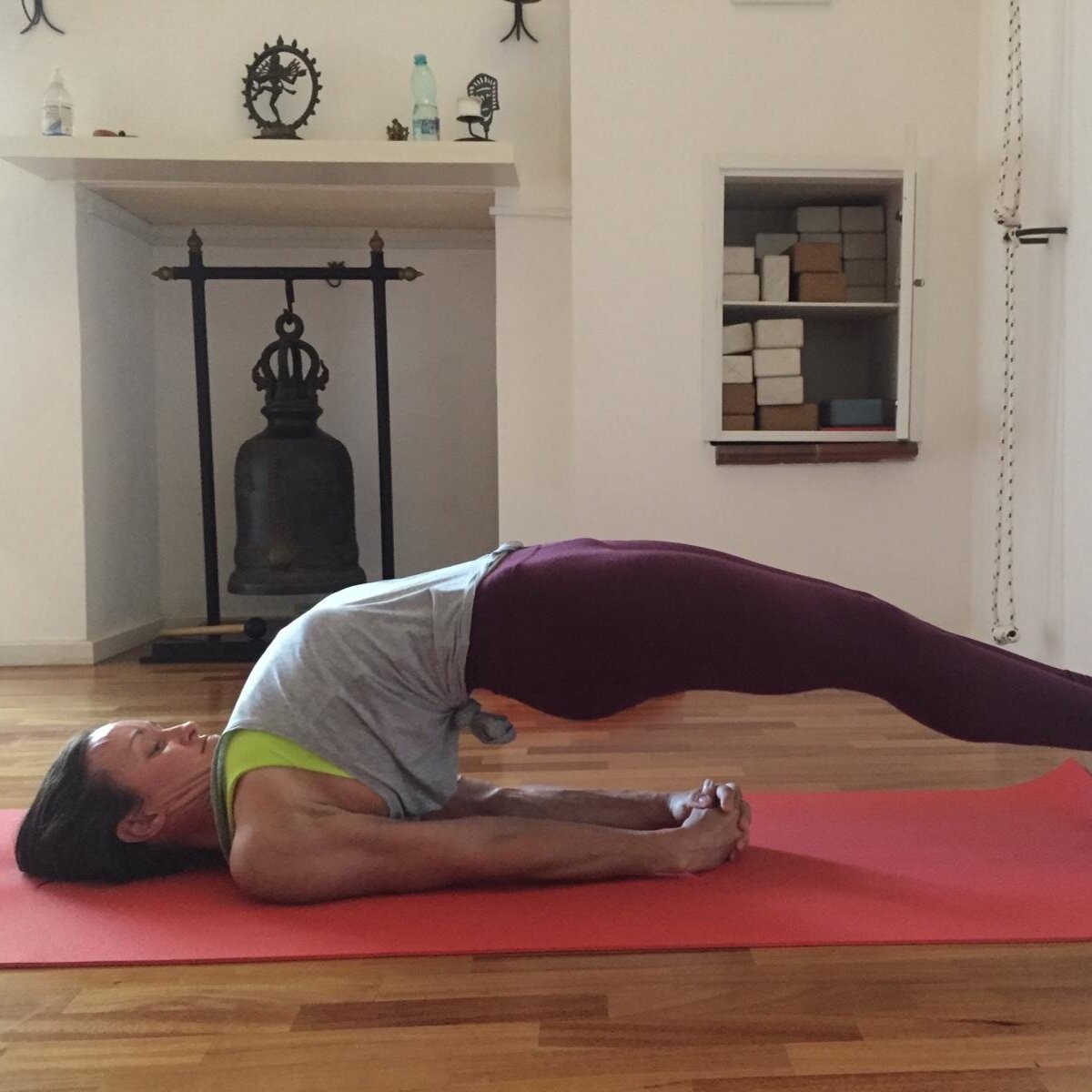
Non-Attachment and Parenthood
“When I begin my practice, the breath starts the show. I watch and listen to the secrets of the bandhas and the breath and I notice how my thoughts support this orchestra. I slowly wake up my internal world and begin to watch and pray to my outer world. Most important, I am filled with gratitude each and every time I get on the mat, not expecting anything other than being present in what takes shape”
Sarah shares how becoming a parent has changed her practice and how it has revealed much more about herself, than any yoga practice has.

September Newsletter: the Pulse of the Practice
Sarah Durney Hatcher shares a little about coming back to a practice when one has taken a break...what gets us returning to our mats? It is the pulse of the practice, that healthy memory of wellness and health that often gets us back on track...
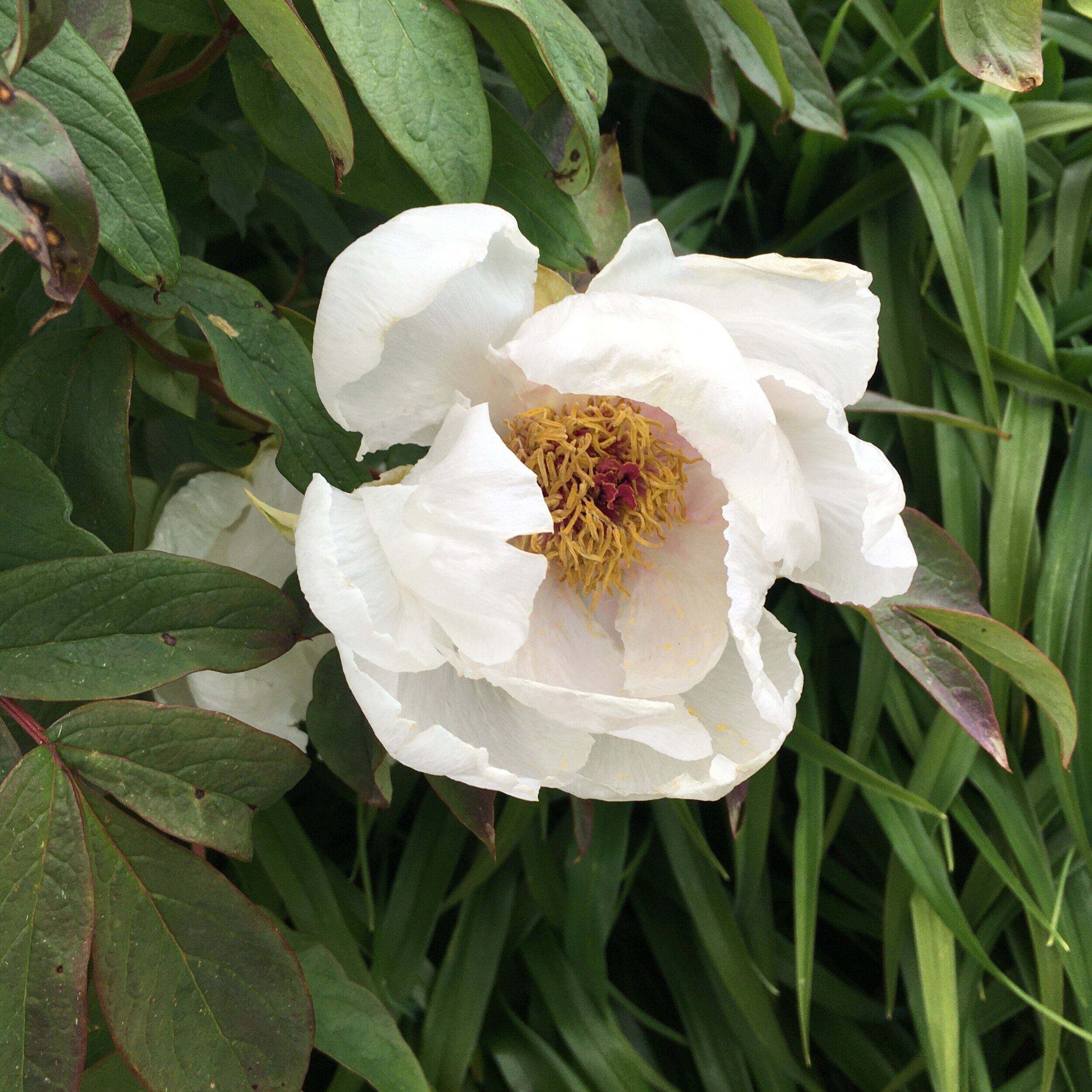
Your living breathing Practice
If your practice was living being, how old would it live to be?
Are you a practitioner that has a ten-year practice burning at both ends? Are you firing away at it every day till it comes to a stop like an old car making noises when it is parked? Or are you smoothing out your practices daily, making them last a long time, and finishing each practice with ease and restoration?

Finding Yoga in a Bookstore

Home Practice: how to practice safely and effective on your own
Sarah shares how to establish a healthy and effective home yoga practice.

Trash talking your Practice
Sarah writes about what happens when we forget why we started yoga in the first place: we either trash talk it and break it down or we quit altogether. "Today I want to share how a few of my friends have just stopped practicing entirely this past year - full stop as they have had enough with the intensity of a regular practice."
BlogLovin'
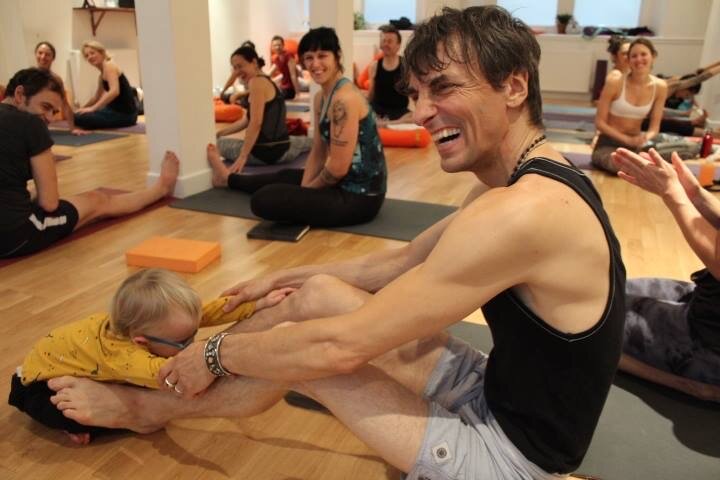
Finding Truth
